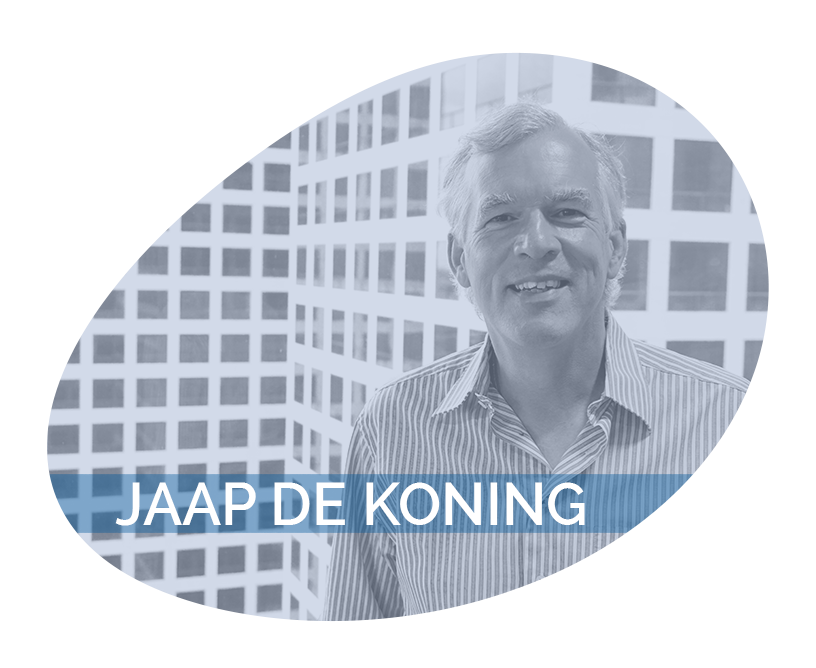The work first initiative WerkLoont: net effects and cost-effectiveness after three years
The work first initiative WerkLoont: net effects and cost-effectiveness after three years
This paper evaluates the ‘WerkLoont’ measure, which has two objectives: reducing the inflow into social assistance and stimulating the outflow from social assistance to work. The measure is applied as soon as a person enters a social assistance benefit. It consists of job search assistance and training as well as unpaid work, and can be seen as a work first programme. As soon as a person applies for a benefit he is informed about the measure. The programme is expected to have a reducing effect on the inflow into social assistance and, for people who do enter social assistance, to stimulate the outflow from it.
A randomised experiment has been carried out to measure the effects of the programme. The randomisation is applied as soon as people apply for a benefit. Because there was a waiting period of four weeks before the benefit was actually granted, applicants could in the end decide to refrain from claiming a benefit. The results show that among people assigned to participate in WerkLoont the percentage refraining from a benefit is significantly higher than among the control group. Furthermore, for people who decide to hold on to a benefit WerkLoont has a positive effect on the probability to leave social assistance and find a job.
The participants in the experiment have been monitored for three years since their start in the experiment. As they may have had several job and benefit periods during this three-year period, we looked in more detail to the effect of WerkLoont on the total time in employment and the total time in a benefit during the three-year period. The results show that WerkLoont leads to more time in employment and less time in a benefit. However, the effects are relatively small. This is particularly true for the effect on employment. The effects differ considerably between men and women. For women the effects are considerably higher and last longer than for men.
The paper shows that it is crucial to take more than one year into consideration when measures like WerkLoont are evaluated. After one year the benefits associated with this measure are not large enough to cover its costs. But owing to the fact that the measure is still effective after one year the benefits become higher than the costs. The effects gradually extinguish: in the third year they are already quite low.
The results indicate that WerkLoont is cost-effective, which justifies its continuation. However, the effects are only small and do not make a major difference for the groups concerned. Therefore, there is every reason to look for improvements. Possible improvements might be to reinforce the components aimed at helping participants to find a job or to adjust the unpaid work component in such a way that it provides morerelevant work experience.
Download
Details
Expertise
Labour
Social security
Contact
ABOUT SEOR
SEOR is an independent social economic research organisation linked to the Erasmus School of Economics and provides research and advisory services to both public and private sector clients worldwide.
CONTACT
- Address:
- Rotterdam Science Tower
Marconistraat 16, 11th floor
3029 AK Rotterdam - Telephone:
- +31 (0)10 302 0500
- Email:
- seor-secr@seor.eur.nl
NEWSLETTER
Subscribe to our newsletter by filling in this form:




